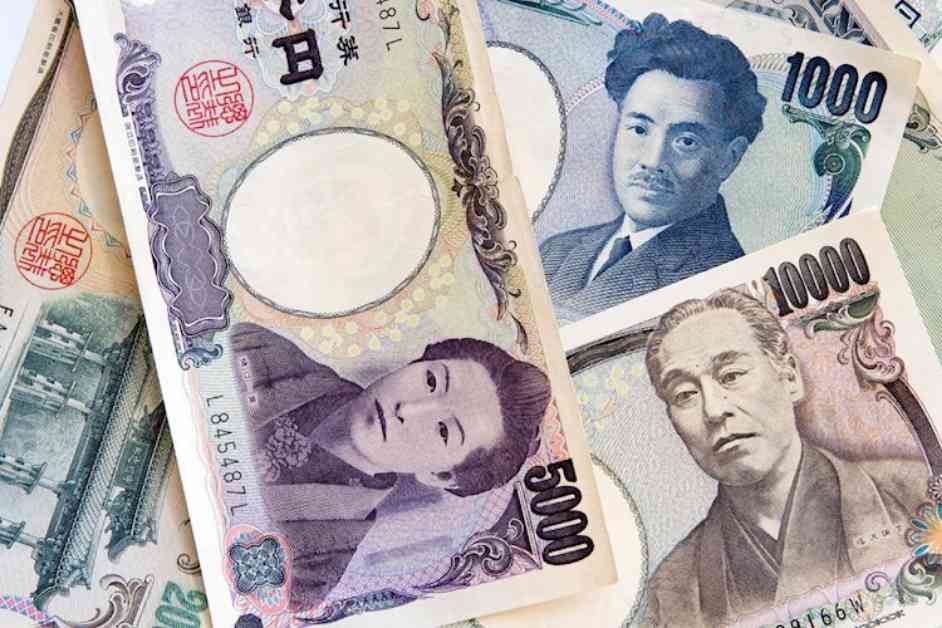The Japanese Yen has been gaining strength against the US Dollar due to challenges faced by the USD following weaker-than-expected US employment growth data released on Friday. This has led to speculation that the Federal Reserve (Fed) might initiate rate cuts sooner than anticipated.
In May, Japan’s Current Account surplus increased to ¥2,849.9 billion ($17.78 billion), up from ¥2,050.5 billion in the previous month. This marked the 15th consecutive month of growth in the surplus, surpassing market expectations.
Despite the US Nonfarm Payrolls (NFP) exceeding market expectations in June, the pace of growth was slower compared to May, and the Unemployment Rate also rose. These factors have fueled speculations among traders that the Fed could potentially implement interest rate cuts earlier than expected.
According to the CME’s FedWatch Tool, there is a 70.7% probability of a rate cut in September, up from 64.1% the previous week. This dovish sentiment surrounding the Fed has contributed to the strengthening of the Japanese Yen.
In addition to the economic data, Japan’s Labor Cash Earnings rose by 1.9% year-on-year in May, although it fell short of the market’s expectations of a 2.1% increase. This growth marks an acceleration from April’s 1.6% rise and the highest level since January.
OCBC strategists Frances Cheung and Christopher Wong have noted that the persistent strength of USD/JPY is leading to intervention expectations. However, there is speculation that authorities might monitor the extent of further depreciation before intervening.
Federal Reserve Bank of Chicago President Austan Goolsbee mentioned on BBC Radio that bringing inflation back to 2% will take time and emphasized the need for more economic data. Fed Chair Jerome Powell also stated that the central bank is aiming to address disinflationary trends.
Overall, the Minutes from the Federal Reserve’s June meeting indicate a data-dependent approach to monetary policy decisions, emphasizing the importance of economic conditions over a preset path.
Looking at technical analysis, the USD/JPY pair hovers around 160.30 and shows a bullish inclination based on daily chart analysis. However, caution is advised as the 14-day Relative Strength Index (RSI) suggests a potential weakening of the ongoing uptrend.
In conclusion, the Japanese Yen has been strengthening against the US Dollar due to various economic factors and market speculations regarding the Fed’s potential rate cuts. This has led to a dovish sentiment in the market and intervention expectations in the USD/JPY pair. Investors will be closely monitoring economic data and central bank statements for further insights into future market trends.

















